The important points need to be considered before adopting SAP S/4HANA
Category: SAP S/4HANA Posted:Aug 08, 2018 By: Alvera Anto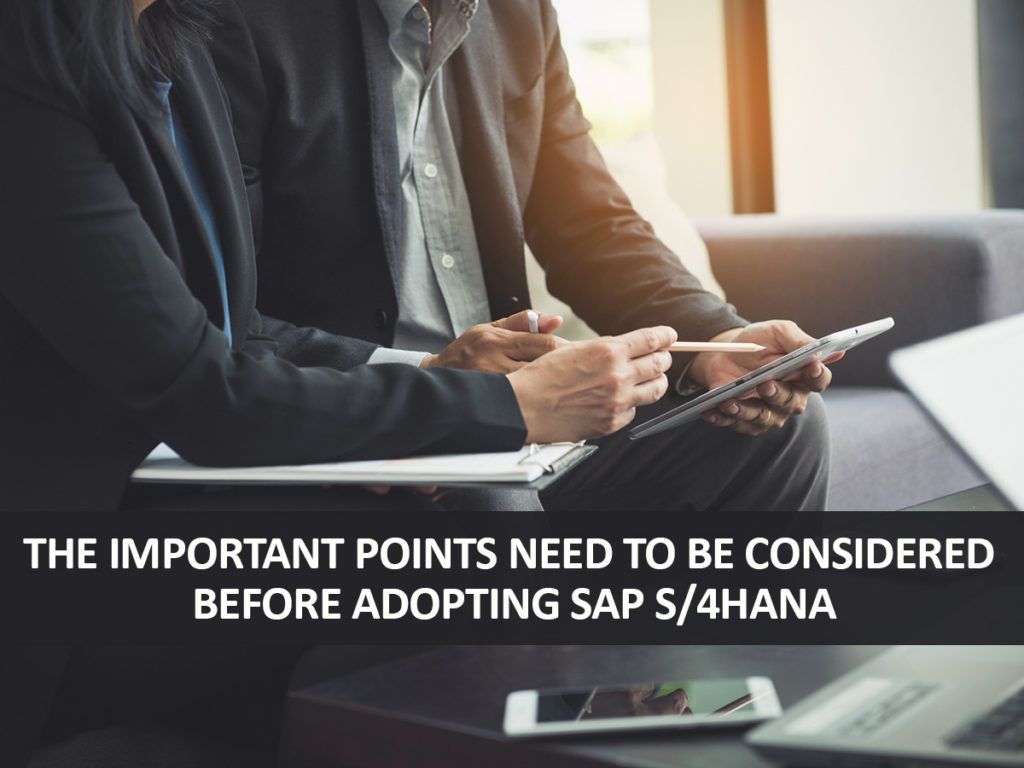
In 2015, SAP launched its next-generation ERP Business Suite called SAP S/4HANA. Most of the organizations were confronted with the choice that when they can adopt SAP S/4HANA and how? Most of the businesses have decided to adopt this next generation ERP system, but some of them had decided to utilize it in the future. With SAP declaring the due date of 2025 for SAP ECC ERP, an ever-increasing number of organizations are prepared to accept SAP S/4HANA. SAP S/4HANA has provided several business benefits such as simplification, easy to use, cost effectiveness, improved performance, the latest innovation, etc. Though the businesses are now much clearer with these advantages of SAP S/4HANA, still they have a list of questions with them which should be considered before moving ahead with the SAP S/4HANA project.
Learn SAP S/4HANA Simple Finance from Industry Experts
1. Are the businesses are ready to go with the Brownfield SAP S/4HANA system conversion from SAP ECC to SAP S/4HANA, or they want to go with landscape transition, including the system merging, or they just want to go for a new implementation of SAP S/4HANA, i.e. with Greenfield implementation?
2. Are the businesses are going to accept SAP S/4HANA on-premise, SAP S/4HANA Cloud or do they ready to adopt a hybrid model?
3. What businesses are aiming to perform with the hybrid applications, for example, SAP SuccessFactors, SAP Ariba, SAP Hybris, SAP Field-glass etc. which can function together with the SAP S/4HANA? Are these applications going to alter the landscape outline?
4. Do the businesses are required additional support from the external partner and if yes, how the companies can find the correct one?
There could be more queries according to the needs of the organization. The adoption of SAP S/4HANA is the main task for most of the businesses. The businesses might take numerous years to achieve full conversion. Because of this, particular reason, most of the companies initially move towards the Business Suite on HANA database. Before moving towards the enterprise management, the businesses are going to adopt the SAP S/4HANA finance and SAP BW on HANA. Because of the complex landscapes and procedures, most of the business is choosing the SAP S/4HANA Greenfield implementation. This might be the several year’s programs to obtain where they want and need to be. At the time of this transition, the businesses will be running their financial reporting from SAP S/4HANA even if their logistics and supply chain will still be in ECC ERP.
The organization has understood that SAP S/4HANA is essential to their entire businesses, they should be aware of their transition journey. The business should run properly even if it is undergoing a transition, it does not mean that the business could stop. Therefore, it is required to consider the following points while adopting the SAP S/4HANA:
- How the business variations and changes have to be managed and bring in line at the time of transition?
- What are the various approaches in which the existing ERP framework is integrated with the new SAP S/4HANA systems?
- The most effective method to combine ERP frameworks to get ready for a single SAP S/4HANA framework.
- The most effective automated testing method to validate the end-state.
These points have to be considered while making a transition and the most critical one is the manner by which you can manage, adjust and coordinate alterations between the existing ERP and SAP S/4HANA so that the businesses can keep running without any disruption while your SAP S/4HANA execution remains on track.
Now, let us explore some of the SAP S/4HANA Adoption Scenarios.
Substitute a non-SAP or an outsider system with SAP S/4HANA which always implies usage of other SAP S/4HANA. In such a situation, it is required to choose the deployment option only, i.e., either on-premise or on the cloud (the open or private alternative is conceivable). The organization needed to know that the SAP S/4HANA is not an inheritor arrival of SAP Business suite, it is another product offering, this implies there are a few mismatched alterations that exist between the SAP ERP suite and an SAP S/4HANA system. Following are some alteration:
- SAP S/4HANA is constructed solely in light of SAP’s in-memory database SAP HANA.
- It involves a new application architecture and a streamlined application data model.
- An another UI innovation called SAP FIORI would now be utilized.
- Select any deployment model as per the choice of the customer, i.e. either on-premise or cloud.
If you want to substitute your current SAP Business Suite framework with SAP S/4HANA, you should know that SAP S/4HANA isn’t a release update this will help you to consider the degree up to which you need to improve and the degree up to which you need to keep business procedures and applications which are still adequate. There are three different ways by which you can approach the change of a current SAP ECC ERP landscape to SAP S/4HANA.
1. SAP S/4HANA Adoption with a System Conversion:
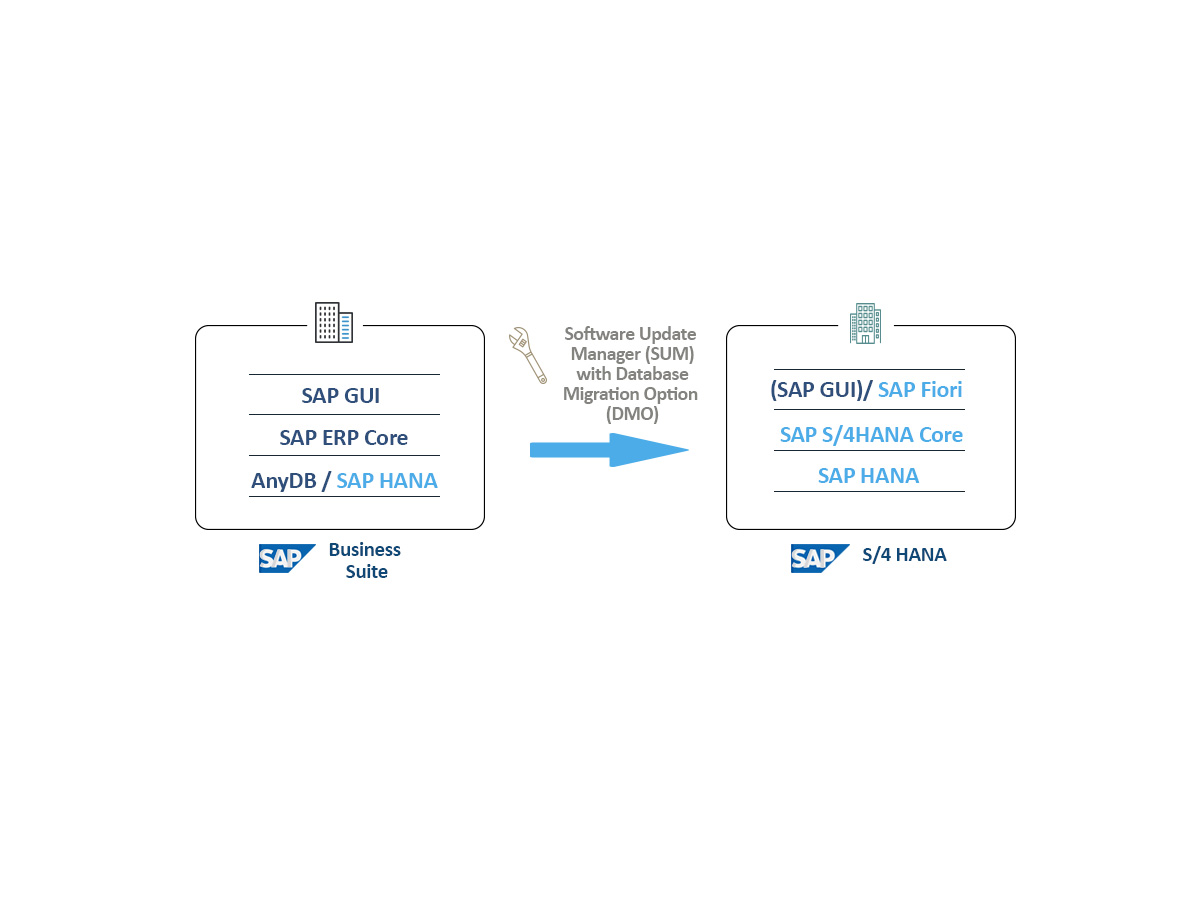
This approach involves a tool-based, set-up specialized transformation from SAP ECC to SAP S/4HANA using SUM i.e. Software Update Manager. The alternatives such as downtime minimizing are accessible utilizing this particular approach. With the help of this approach, it is possible to transition the current framework to an SAP S/4HANA system.
- It encourages a database relocation from any traditional DB to SAP HANA
- It helps to move the SAP ERP data model into the SAP S/4HANA data model, including all the created data model simplifications and data volume reductions.
- It won’t compel you to move traditional SAP GUI UIs to FIORI apps.
- The old SAP ERP application code can be replaced easily with SAP S/4HANA application code.
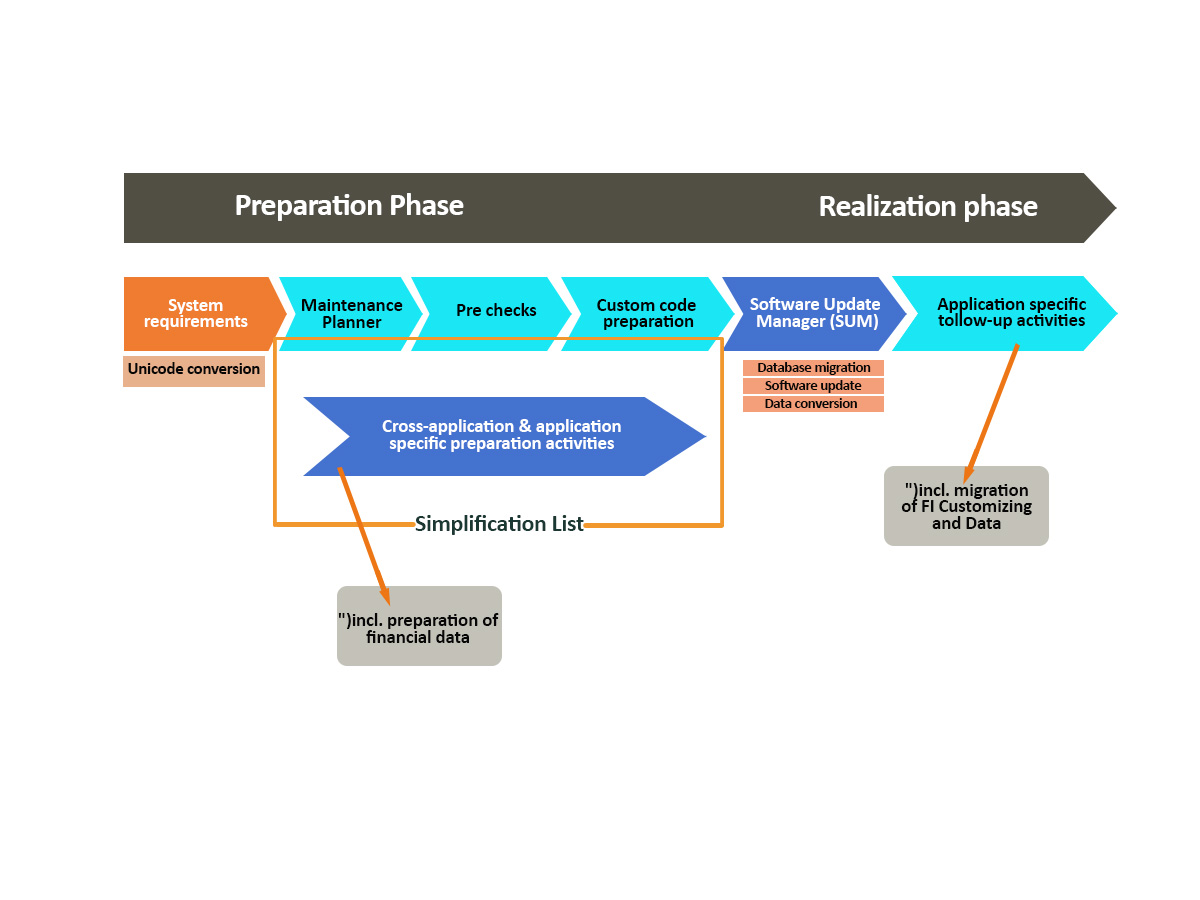
Why select System conversion approach: If your main aim is to bring your existing business processes to the new platform than you should select the system conversion option. With the help of this alternative, you can moderate the risk and investment of an enormous conversion project. This is achieved by lowering the extent of the change to an utterly technical conversion project. The new developments can then be adopted later in the project and a staged approach. A high tech manufacturer embraced this method, and it facilitated to lessen their information impression by half viably.
2. SAP S/4HANA Adoption with a new implementation:
This method is also called as a Greenfield approach which defines an innovative, new installation of the SAP S/4HANA framework either on cloud or on-premise. It is introduced utilizing the software provisioning administrator. The underlying data load from the source system is finished with the SAP S/4HANA relocation cockpit or with SAP data services, and the old landscape would then be able to resign. In this approach, the duration of the project depends on the number of data migration objects required and the volume and complexity per data migration object.
Why choose New Implementation approach: If re-engineering and process simplification based on the latest innovations are your initial focus than this SAP S/4HANA adoption method is the best one. This method is also suitable for the businesses which are planning to relocate a non-SAP or 3rd party legacy system. An SAP system which is of an older release, extremely modified and for those systems which does not meet the systems prerequisite for a technical system conversion. This approach has the following benefits:
1. This approach is a quick adoption of new improvements in a consistent way.
2. Re-engineering and process improvements because of pre-arranged business forms.
3. The best practices and predefined migration objects are provided to maintain a strategic distance from the intensive migration logic programming.
3. SAP S/4HANA adoption with SAP Landscape transformation:
This approach is a value-driven, and discerning data migration technique to the new SAP S/4HANA stage. This method doesn’t focus on the complete framework relocation, but it concentrates on selecting and picking the objects which you want to remove and proceed onwards to the SAP S/4HANA platform, and thus it has various sub-scenarios;
1. The existing SAP Business Suite landscape is merge into a single worldwide SAP S/4HANA system.
2. Discriminating data migration created on lawful objects, for example, a customer or an organization code.
3. Execution of the SAP Central Finance Scenario which involves real-time reposting of financial transactions into the Central Finance instance.
SAP landscape transformation is a data migration alternative and thus needs a target system to relocate the data. As compared to the other scenarios such as system conversion and new implementation, this approach is not an either-or option. The target system can be recognized with an installation of new systems and on the other hand, if it is a system merging effort, the target system is additionally feasible with an SAP S/4HANA system conversion of an appropriate SAP ERP framework. The landscape transformation approach transfers data into the SAP S/4HANA systems free from their origin by holding the target system in a proper place. The different landscape transformation scenarios can transfer data:
- Into recently implemented target systems.
- Into the systems developing through a system conversion process.
- To accompaniment to the other SAP S/4HANA transition possibilities.
- After or before they are given to the operations.
Now, this approach entails a service or consulting appointment with SAP. This method does not involve any tool set with any documentation to configure, test and execute your data migration to SAP S/4HANA. Ultimately a data migration platform product will be released. This product will be going to cover the particular data transformation situations which will be executed by client and partners without any SAP service appointment.
Why choose SAP Landscape Transformation: Following are the reasons to select this approach:
1. It involves a particular data transformation which permits a phased method for SAP S/4HANA.
2. It mainly focuses on SAP S/4HANA migration stages on different fragments of the business with most elevated ROI and least TCO.
3. It removes out the entities of the organization to SAP S/4HANA and influences the process simplification.
4. Move step by step to SAP S/4HANA advancements while running existing business procedures.
Learn SAP S/4HANA Simple Finance from Industry Experts
Conclusion:
The SAP S/4HANA is essential in the organization to run the entire businesses smoothly, and thus they should know their transition drive. The organization should keep the few points in mind like how to manage the business variations and changes, the different ways in which the existing ERP system can be coordinated with the new SAP S/4HANA systems, testing that should be automated to validate the end-state. There are three adoption scenarios for SAP S/4HANA, i.e. new implementation, system conversion, and landscape transformation. The organization can go with any of these scenarios according to their business requirements.

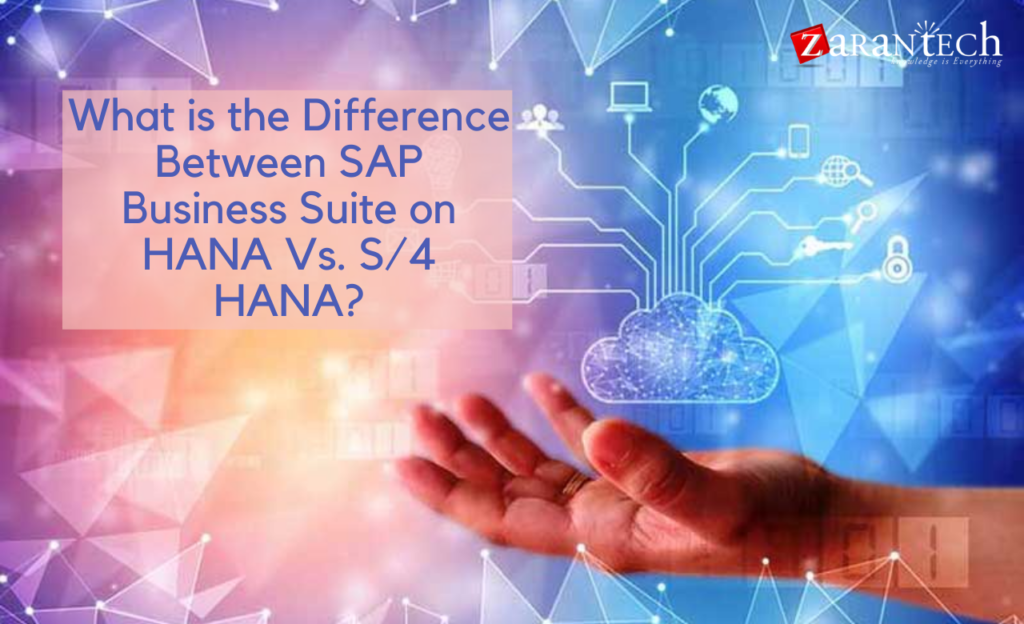
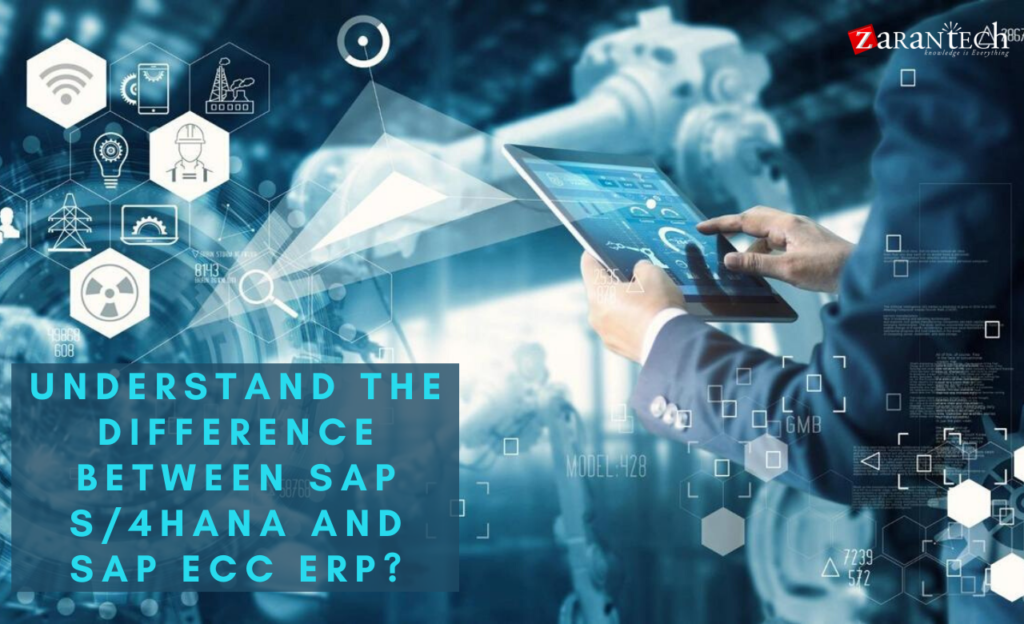
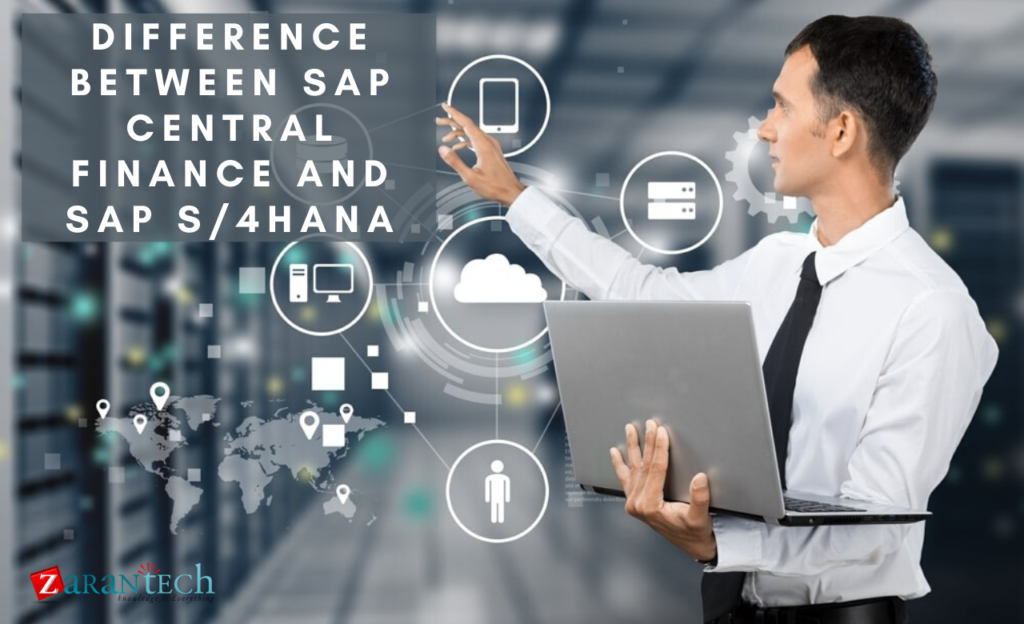
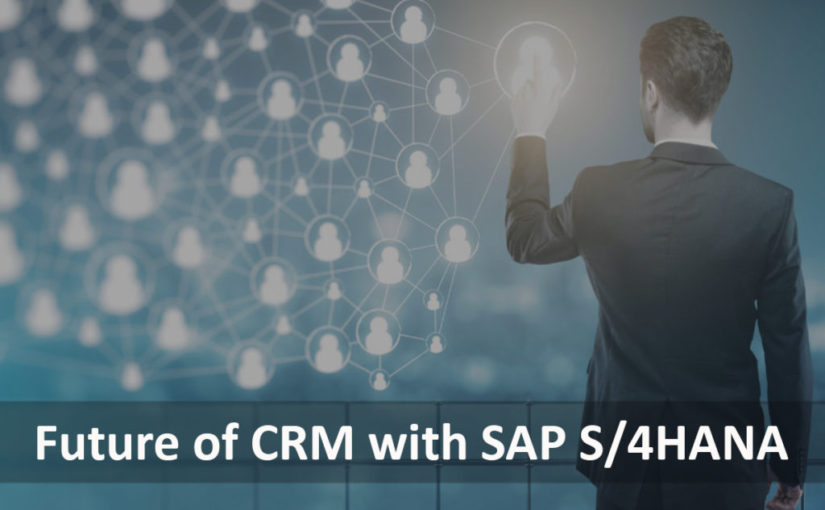
 99999999 (Toll Free)
99999999 (Toll Free)  +91 9999999
+91 9999999